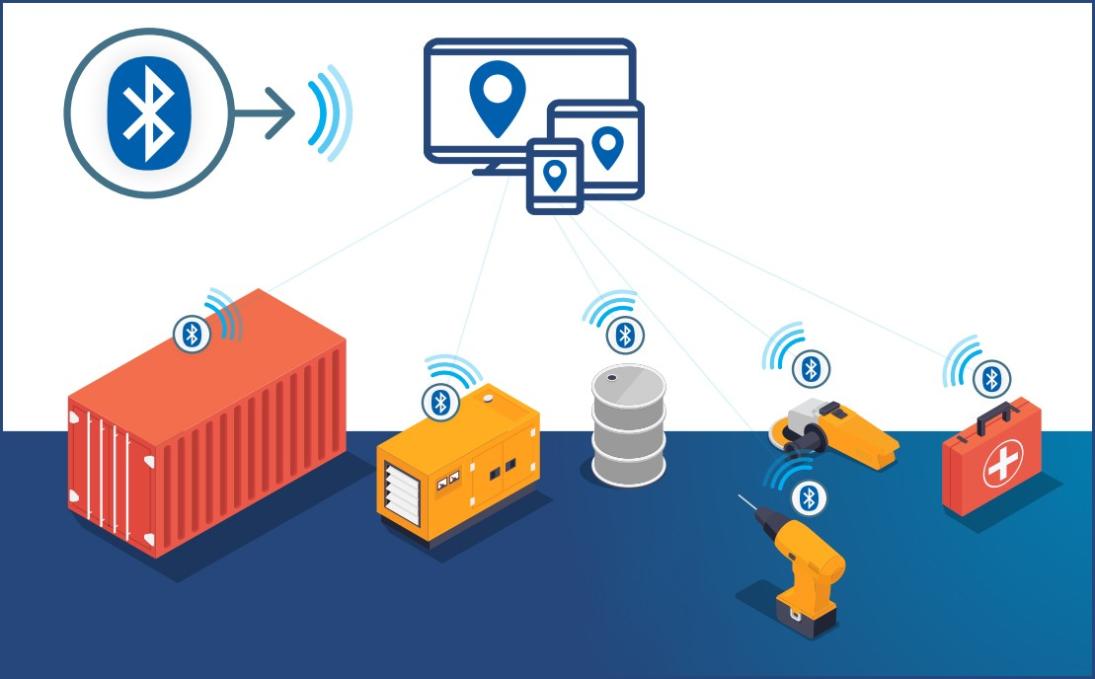What Are the Different Types of Asset Tracking Systems?
Asset tracking systems are essential tools for managing and securing valuable assets in various industries. These systems provide real-time visibility into the location and status of assets, enabling businesses to optimize asset utilization, reduce costs, and enhance security.

Benefits Of Implementing Asset Tracking Systems
- Improved efficiency: Asset tracking systems streamline asset management processes, reducing manual labor and increasing productivity.
- Cost reduction: By optimizing asset utilization and reducing asset downtime, businesses can save significant costs.
- Enhanced security: Asset tracking systems provide real-time monitoring and alerts, helping prevent theft and unauthorized access to assets.
Types Of Asset Tracking Systems
Barcode Asset Tracking Systems
Barcode asset tracking systems use barcode labels and scanners to track assets. These systems are simple to implement and cost-effective, making them a popular choice for small businesses and organizations with limited budgets.
- Advantages:
- Simple and affordable
- Easy to implement
- Limitations:
- Susceptible to human error
- Requires line-of-sight scanning
Radio Frequency Identification (RFID) Asset Tracking Systems
RFID asset tracking systems use RFID tags and readers to track assets. RFID tags can be attached to assets and transmit data wirelessly to RFID readers. These systems offer real-time tracking and long read ranges, making them suitable for large-scale asset management.
- Advantages:
- Real-time tracking
- Long read ranges
- Durable tags
- Limitations:
- Higher cost
- Potential for interference
GPS Asset Tracking Systems
GPS asset tracking systems use GPS technology to pinpoint the location of assets. These systems are ideal for tracking assets in outdoor environments, such as vehicles, construction equipment, and shipping containers.
- Advantages:
- Global tracking
- Real-time tracking
- Suitable for outdoor applications
- Limitations:
- Reliance on satellite signals
- Vulnerability to signal interference
Cellular Asset Tracking Systems

Cellular asset tracking systems use cellular networks to transmit asset location data. These systems offer wide coverage and real-time tracking, making them suitable for tracking assets in remote or mobile environments.
- Advantages:
- Wide coverage
- Real-time tracking
- Suitable for remote or mobile assets
- Limitations:
- Higher cost
- Need for cellular connectivity
Bluetooth Asset Tracking Systems
Bluetooth asset tracking systems use Bluetooth technology to track assets in close proximity. These systems are low-cost and easy to implement, making them suitable for indoor asset tracking applications, such as tracking equipment in warehouses or healthcare facilities.
- Advantages:
- Low cost
- Easy to implement
- Suitable for indoor applications
- Limitations:
- Short range
- Susceptibility to interference
Choosing The Right Asset Tracking System
The choice of asset tracking system depends on various factors, including the type of assets being tracked, the environment in which they are located, and the desired level of tracking accuracy and real-time visibility. It is essential to carefully evaluate these factors and select the system that best meets the specific requirements of the organization.
Asset tracking systems play a crucial role in enhancing asset management, security, and efficiency. By implementing the right asset tracking system, businesses can gain valuable insights into their assets, optimize their utilization, and protect them from theft and unauthorized access.
YesNo

Leave a Reply